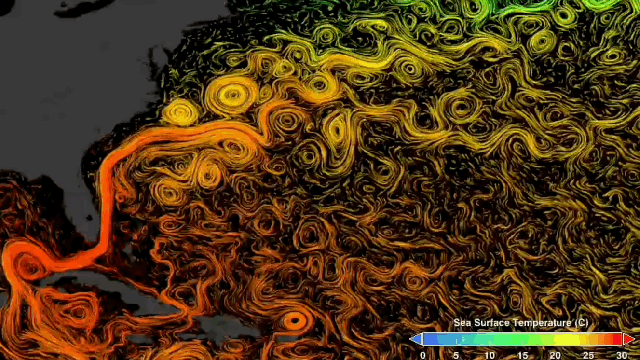Floods, wildfires, sea level rise, and more are all clear-cut examples of the climate crisis. But there are other impacts, including ones you might never expect. Strange ones. Real headscratchers.
These impacts are far from oddities, though. They point instead to the endless reach of our changing climate. Nothing, it seems, is immune from the great human experiment to fill the atmosphere with greenhouse gases in the service of economic growth. Beyond that, these studies also show the manifold ways that the world is connected. Polar ice keeps tectonic plates drifting a certain way. Melt it, and subtle but detectable shifts occur. Groundwater keeps the poles in place. Use too much of it due to extreme drought, and things begin to drift.
Some are just plain bizarre. Bigger crabs is one that’s certainly stuck with me. Come take a tour of the climate change freakshow — and learn why these impacts are no laughing matter.
The Earth Is Getting Dimmer
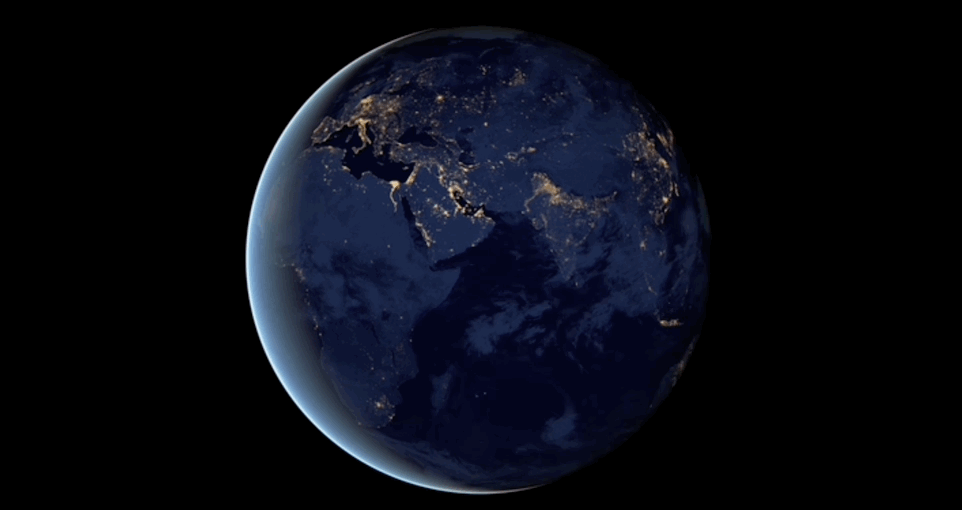
There’s a phenomenon known as “earthshine” that comes from the planet reflecting sunlight back into space. It can be measured when the Moon is somewhere between new and full by looking at how bright the dark parts of the Moon are. A study released in August looked at two decades of these measurements and found a surprise: Earth was losing its healthy glow.
The dimming of the planet was due to the loss of clouds — which are more reflective than open water — over the Pacific Ocean. The study didn’t do a causal analysis, but the researchers posited it could either be driven by a natural climate shift known as the Pacific Decadal Oscillation or climate change. A less reflective planet means more incoming solar energy reaches Earth’s surface. And more greenhouse gases in the atmosphere mean more stays trapped there, heating things up even more. Not good!
The Rotational Poles Are Shifting
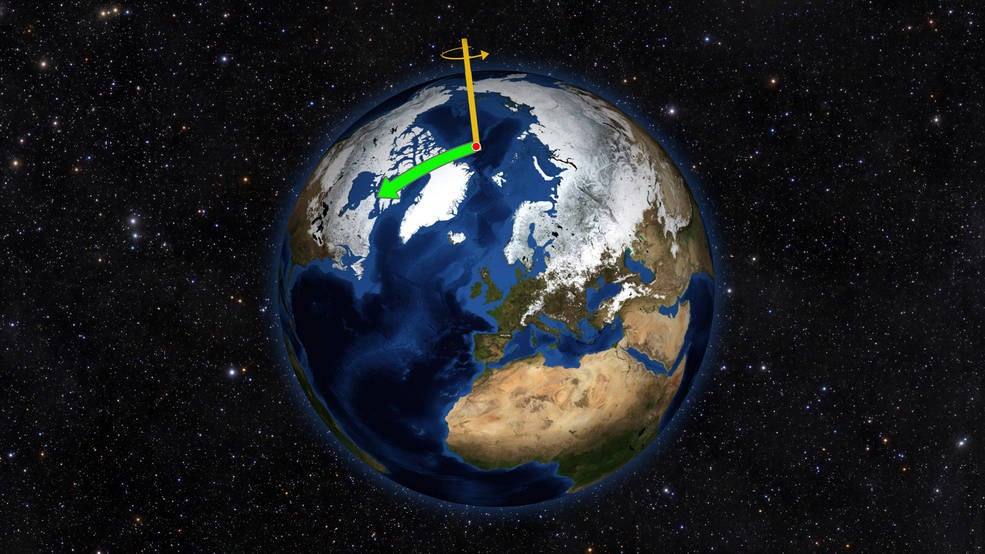
Earth isn’t just getting dimmer. It’s getting wobblier, too. Multiple studies have documented what’s called “polar drift.” Using satellite data from NASA’s GRACE mission, researchers have seen an unmistakable shift in the rotational poles of the Earth. And by unmistakable, I mean a shift that, since 2000, is 17 times faster than the rotational poles were moving in 1981.
The reason: Land ice disappearing on Greenland and Antarctica at an increasingly rapid pace. Groundwater loss is also playing a role. So now you can worry about the loss of ice at the poles, the rotational poles shifting, and the north magnetic pole shifting.
Earth’s Crust Is Shifting

It’s not only the poles on the move. The very crust of the Earth is also doing a new dance. Research published earlier this year used satellite data and modelling to see how ice melt was impacting the Earth’s crust. Ice acts like a paperweight, putting pressure on the planet to keep things largely in place. But with less of it around, the crust is both springing upward and shifting horizontally. The movement is measured in millimetres per year, so we’re not talking Seattle ending up where Brisbane is by 2030. But it does raise interesting questions for researchers, at least.
The Tundra Is Exploding
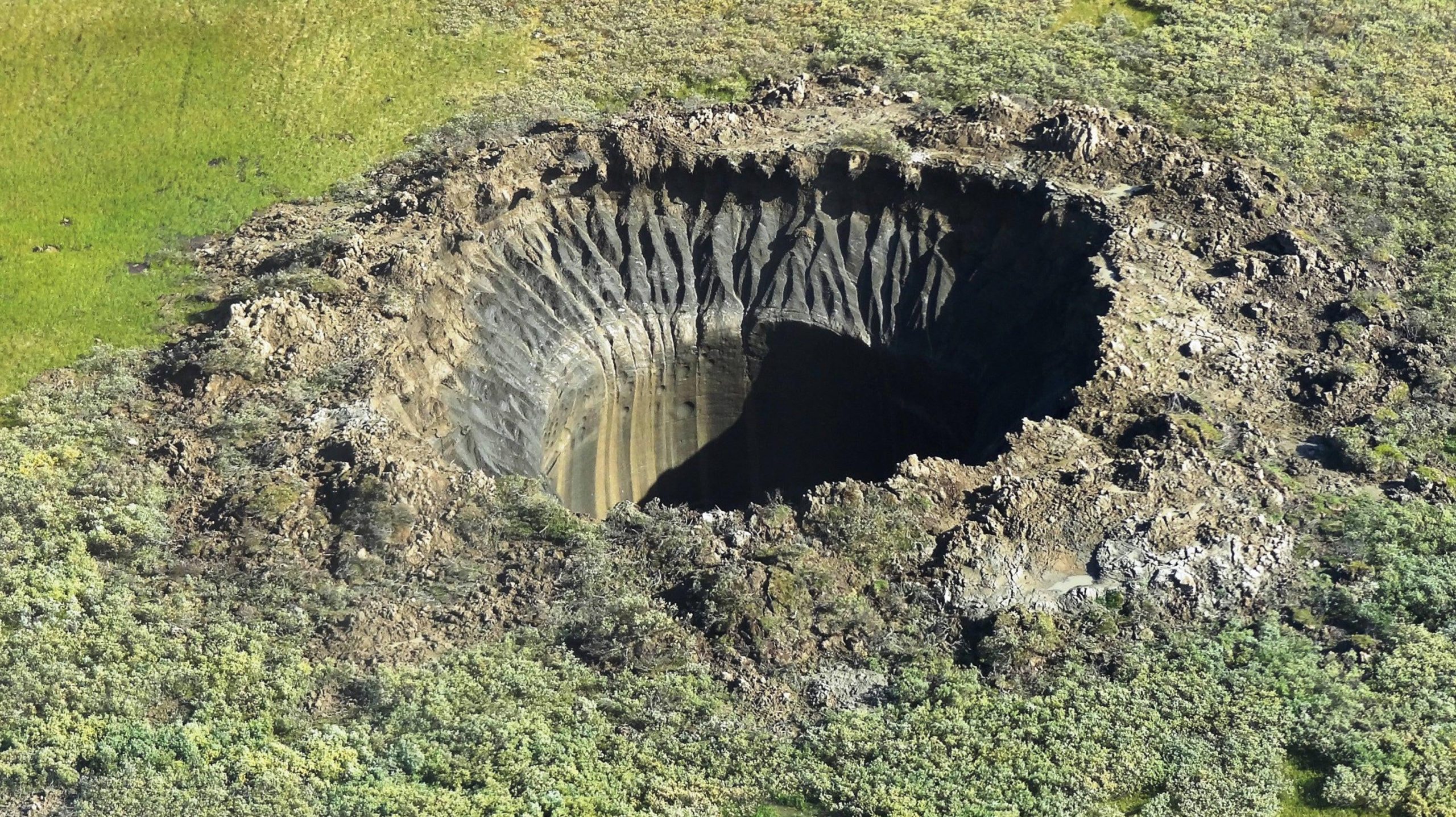
There are many ways in which climate change is creating a hellscape. Among them are holes that look like they could be portals to hell.
Scientists have documented an increasing number of craters in the Siberian tundra, likely driven by explosive gases building up in the permafrost. The reason those pockets of gas are forming in the first place? Rising temperatures are thawing methane-rich permafrost. This is weird — and also very bad. First and foremost, it’s a direct threat to traditional knowledge and those who call the Arctic home. But even more worrisome is that permafrost is rich in methane and carbon. When those gases end up in the atmosphere, they can heat things up even further. That means more of [gulp] all of this.
Crabs Are Getting Bigger
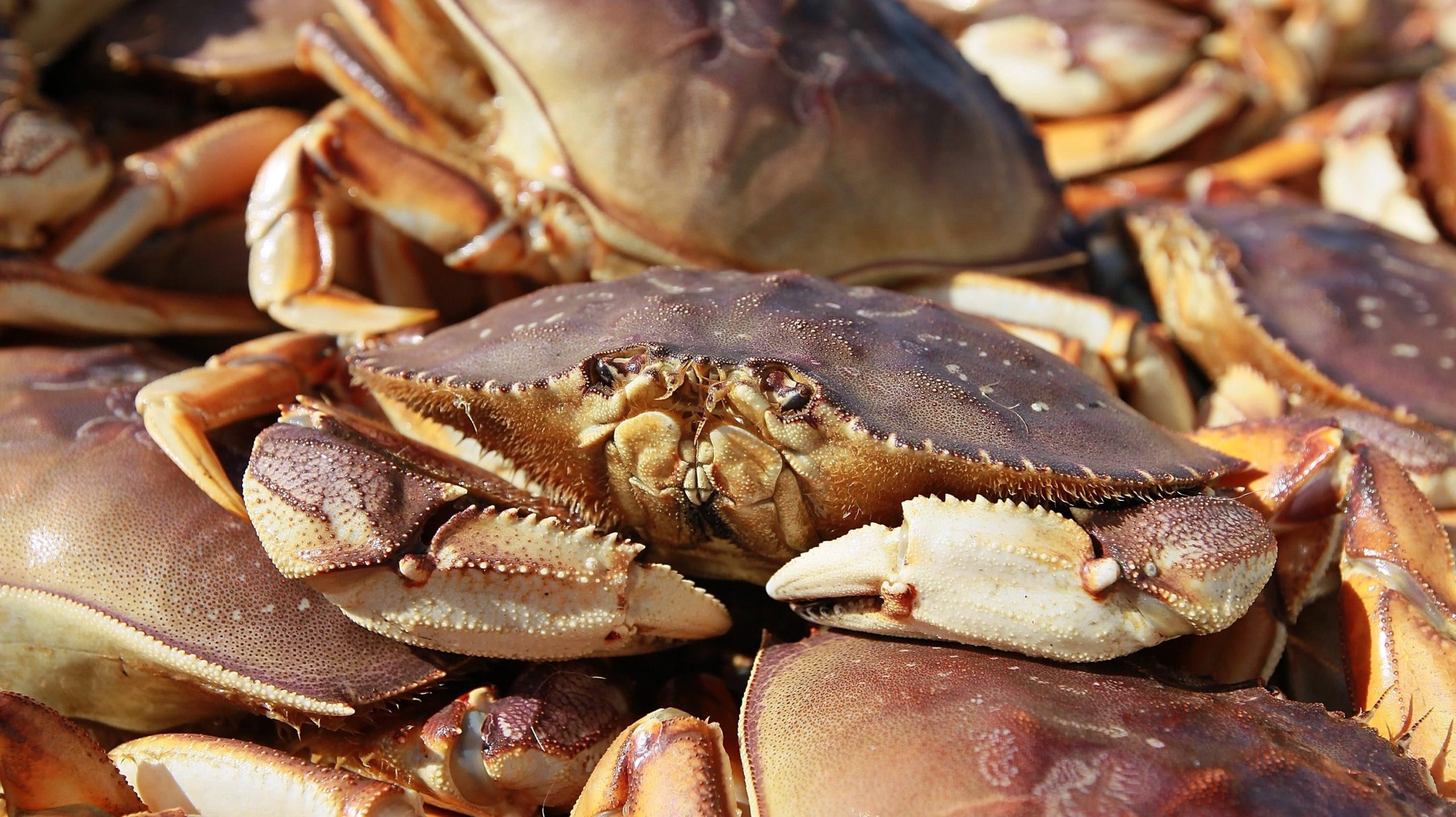
OK, I admit this is a bit of a stretch. But we need a laugh break, don’t we folks?
So the crabs getting bigger is indeed something that’s happening. A Washington Post story from 2013 describes a wild scene in which researchers pumped a tank of water full of carbon dioxide, and then dropped some crabs and oysters in:
It was like watching lions tear apart lambs. The crabs scurried from their side of the tanks, banged on the shells of the traumatized oysters, pried them open with a claw in a way similar to what humans do with a knife at restaurants and gobbled them down.
Yikes.
Weird, yes. But I include this because, improbably, this small line of research is promoted by climate deniers to show climate change is good, actually. (I wish I was joking.) Anyways, you’ll have plenty of time to enjoy your jumbo-sized crabs in 2200 while waiting in your cave for the Sun to get low enough and the heat to subside so that you can go forage for berries in February. That is, assuming they haven’t been chock full of a potent neurotoxin that’s becoming more common in warming waters.
Bigger Arctic Waves Are Messing With Clouds
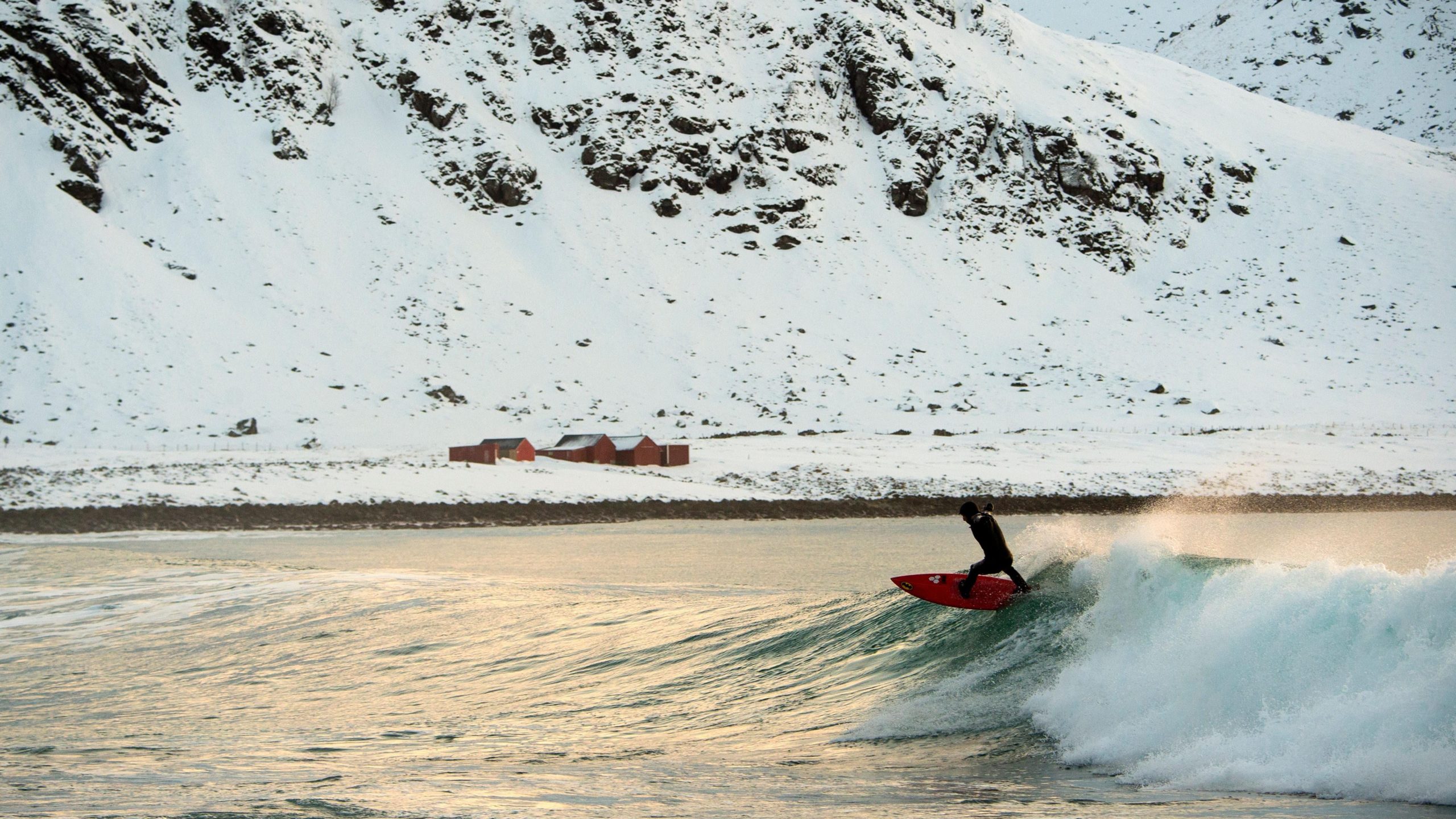
The Arctic is no stranger to climate change. It’s warming nearly three times as fast as the rest of the world, and the Arctic as we knew it last century is all but gone. Among the oddest happenings, though, is the region getting wavier. Less sea ice means more open water. That alone is a weird finding. But what lands it on this list is that the bigger waves are affecting clouds. A study published earlier this year found that open water is also leading to more microscopic creatures living on the surface. The bigger waves mean those critters get kicked up into the atmosphere, where they become nuclei for water to form around and turn into ice crystals. Just one more bizarro thing for those in the Arctic to worry about.
Gravity Is Shifting
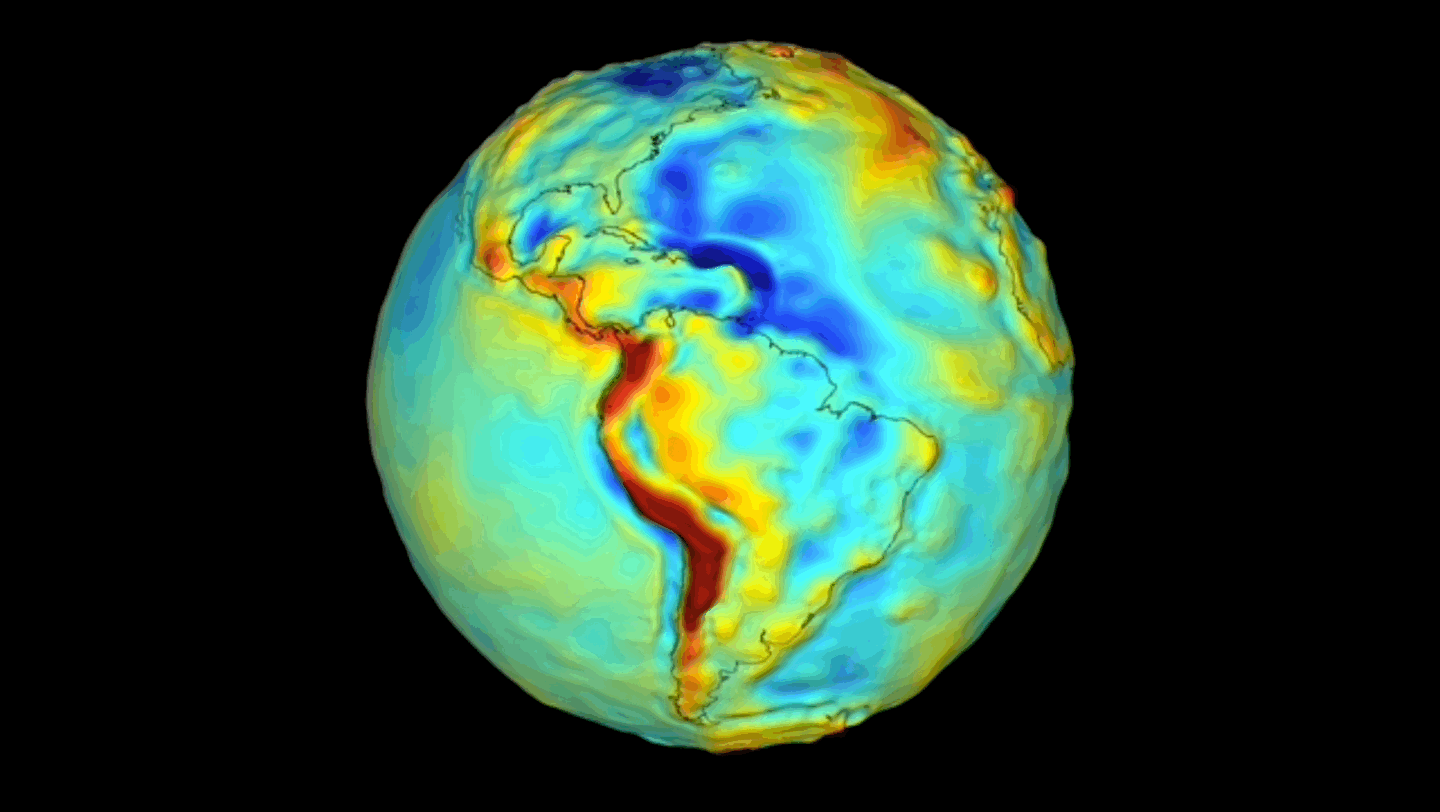
Yes, even gravity isn’t immune from climate change. Ice loss and groundwater depletion are once again causing this to happen. Researchers conducted a study using ESA satellites and found West Antarctica ice loss in particular is driving gravity changes. Like our other weirdo occurrences, it’s not like this one means we’ll all float away or be crushed. But that doesn’t make it any less worrisome.
Sea Level Rise Will Get Worse… Because of a Lunar Wobble
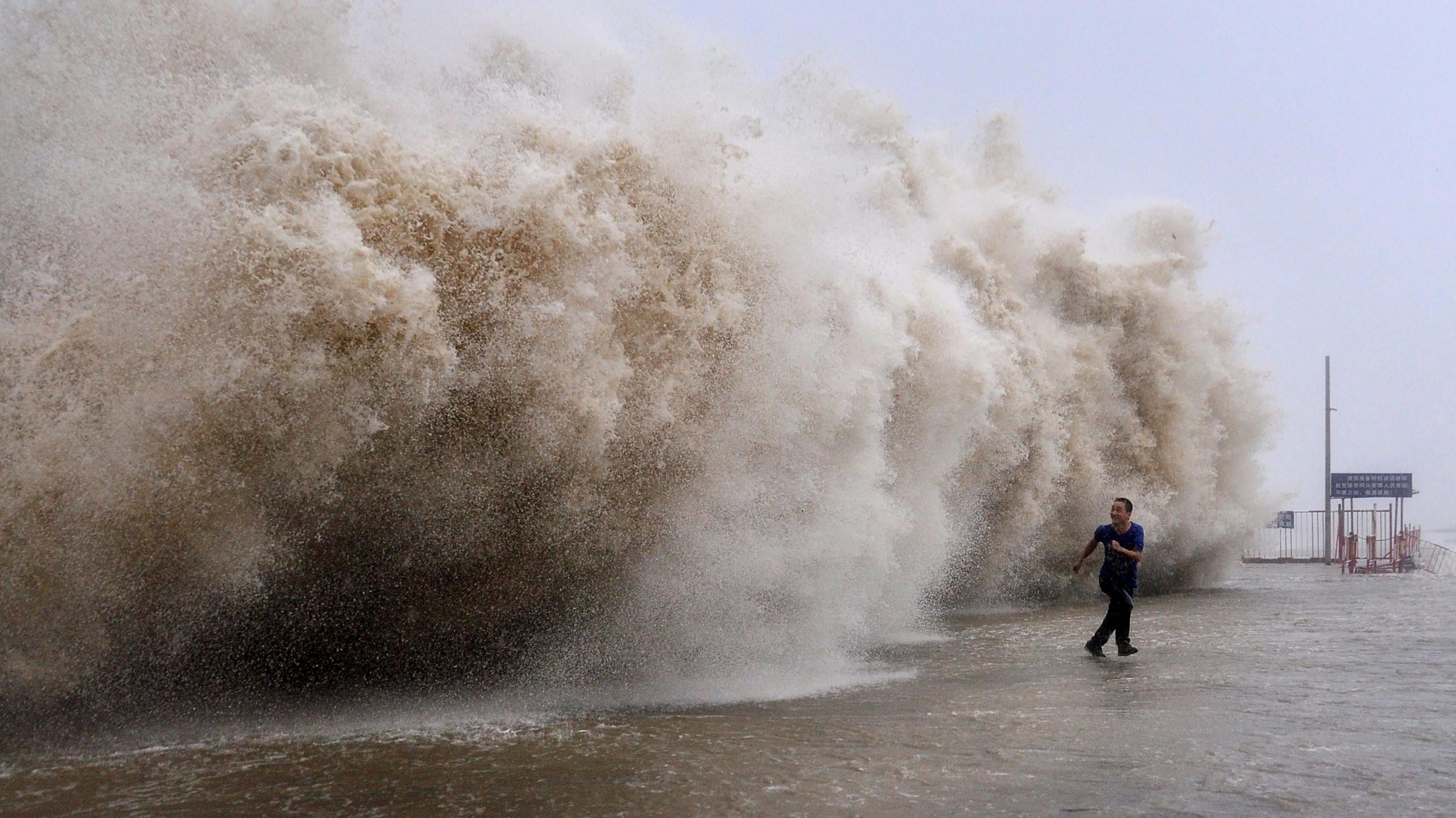
OK, so this is more something else making climate change worse. But we’re rolling with it because, remember, this is all about weird stuff. A paper published in Nature Climate Change this year found that we’re entering a 18.6-year lunar cycle that causes higher oceans. This is bad because climate change is also causing the oceans to rise. The last thing we need is more sea level rise. But it appears that’s what we’re getting in the 2030s along the North American coastline, and with it, more nuisance flooding and risk from storm surge. Extremely rude of the Moon to butt into our business like this! We’re already doing enough work to ruin this place on our own.
Icequakes Are a Thing, Too

Earthquakes are so 20th century. We now live in the era of icequakes. While icequakes have always existed, climate change has destabilized ice even further. And because of intense research in ice-covered areas, from mountain glaciers to Antarctic ice shelves, we’re getting a better sense of just how shaky the ice is getting. Researchers have documented icequakes from Alaska to Antarctica, wobbles that can happen either due to freeze-thaw cycles or collapsing chunks of ice. You can even listen to them. (It’s freaky.)
The findings could help predict future ice shelf and glacial collapse, which I guess is handy for scientific and doomsday-y reasons. “Cryoseismology is breaking into a new realm of where we can be useful,” Douglas MacAyeal, an ice researcher at the University of Chicago, told Earther in 2019.
American Rivers Are Changing Colour
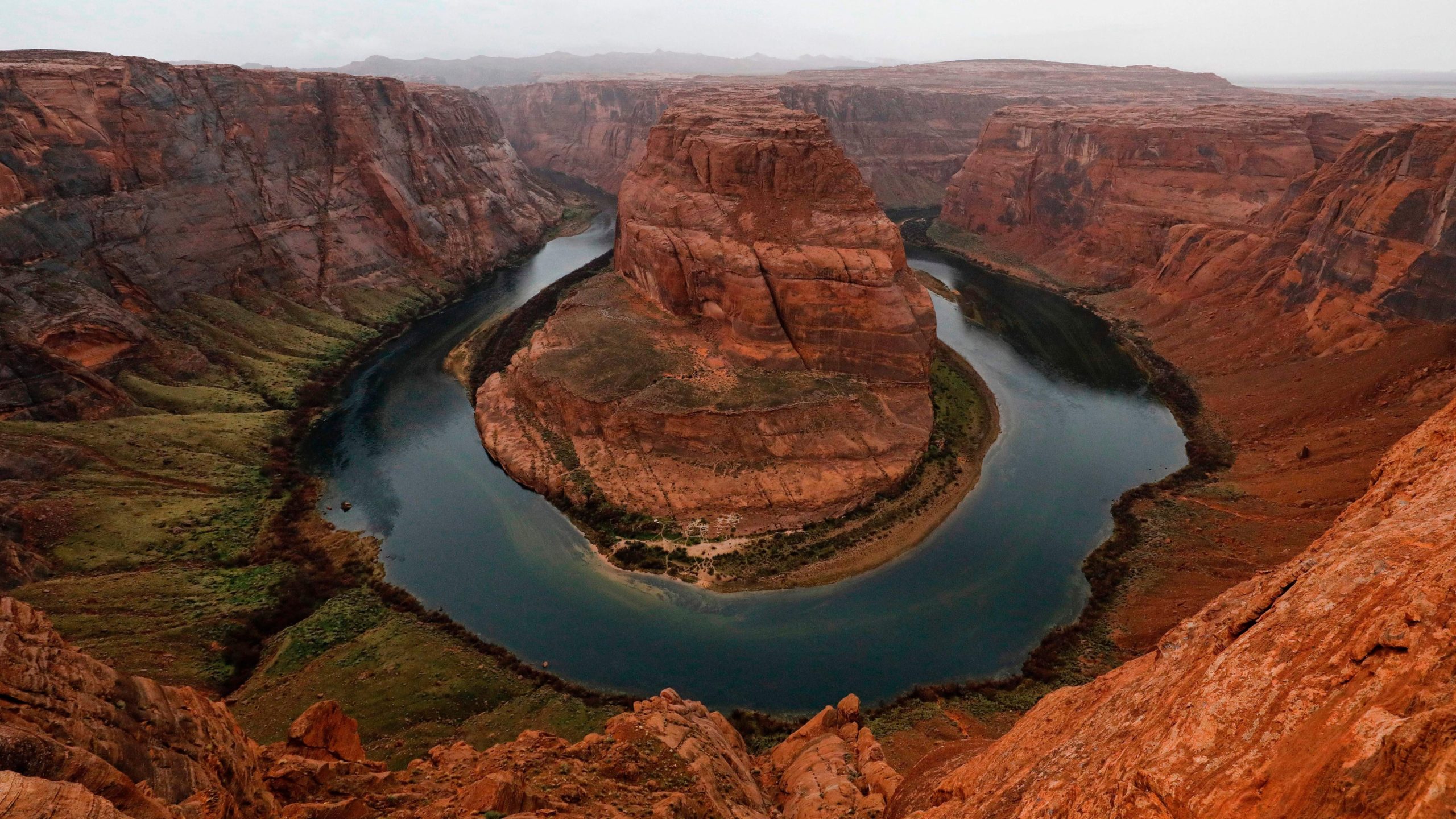
American rivers just aren’t what they used to be. In addition to being decimated by drought, findings published earlier this year show that a third of rivers in the U.S. have changed colour. The research uses satellite data spanning from 1984 to 2018 to catalogue rivers across the country spanning more than 2 kilometres in length.
The results show big shifts afoot. While the research doesn’t probe the causal connections, the scientists’ best guess for the shifts include agricultural runoff, changes in river flowing, and rising water temperature. The researchers note that the changes in colour don’t necessarily mean rivers are degrading before our very eyes. But don’t worry, there are plenty of other signs showing American waterways are in trouble. 🙁
